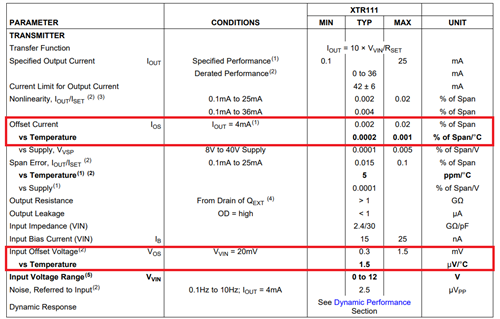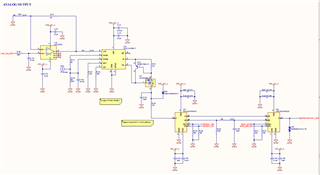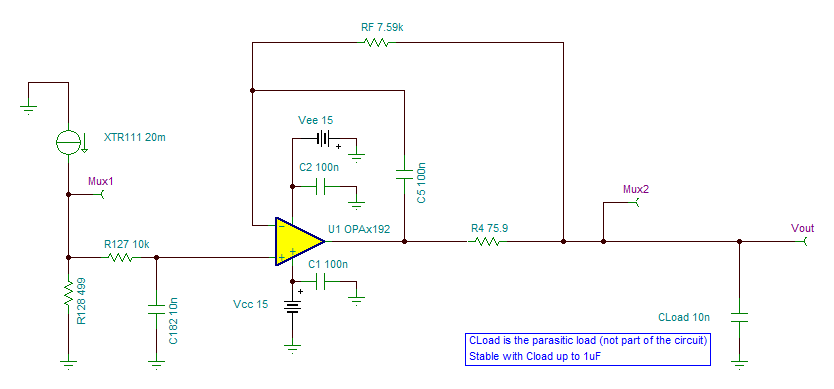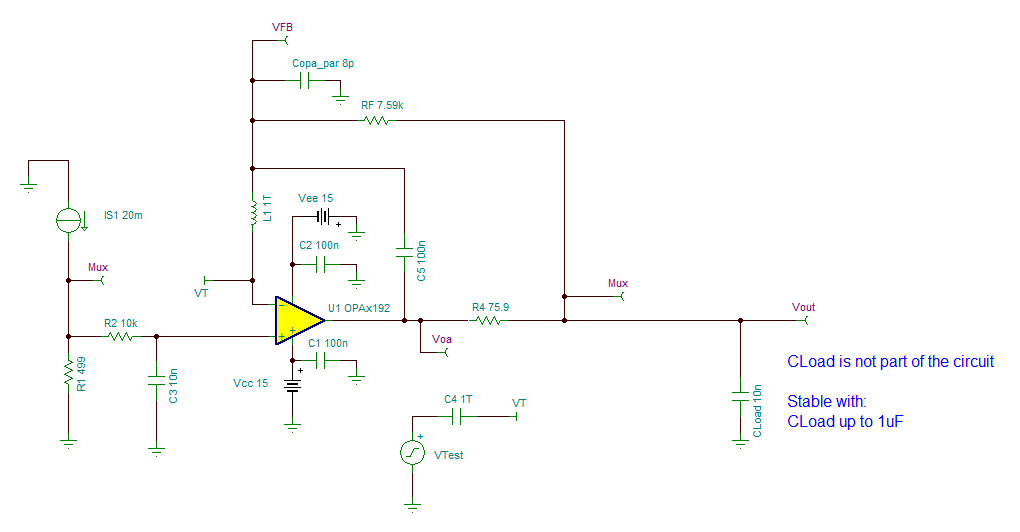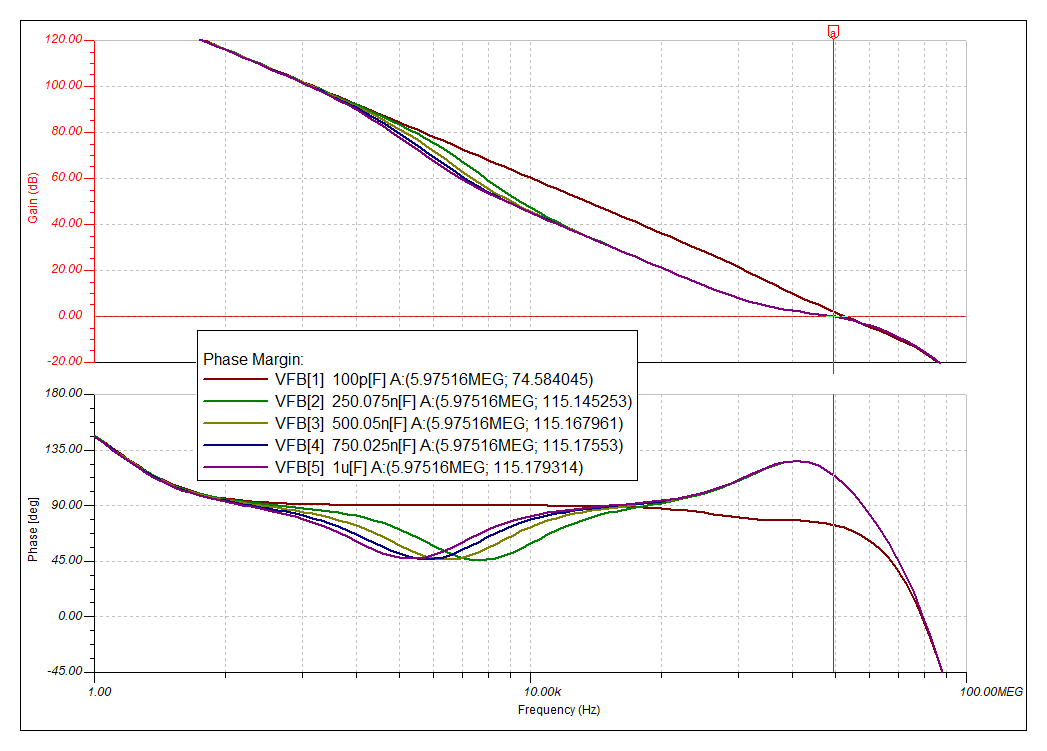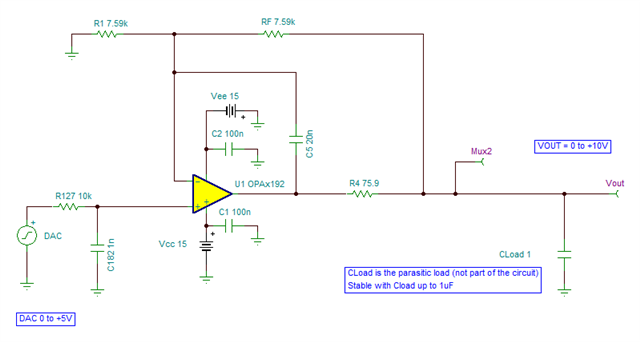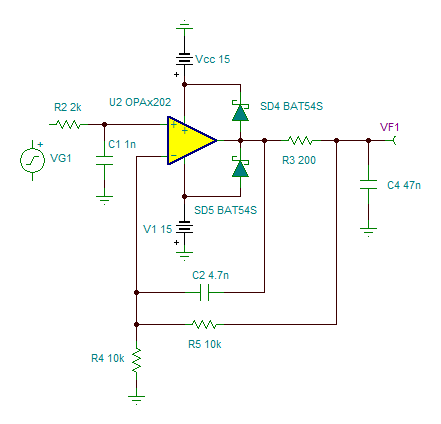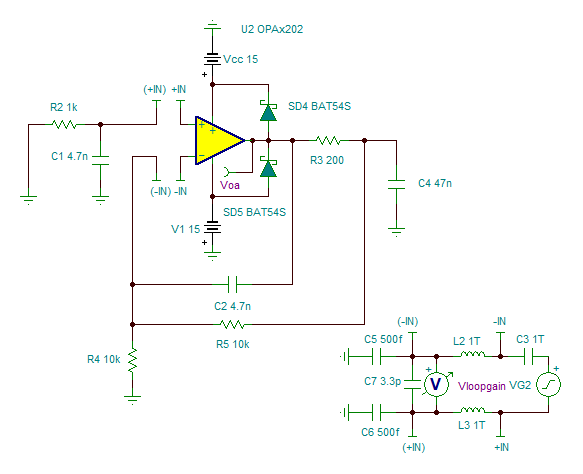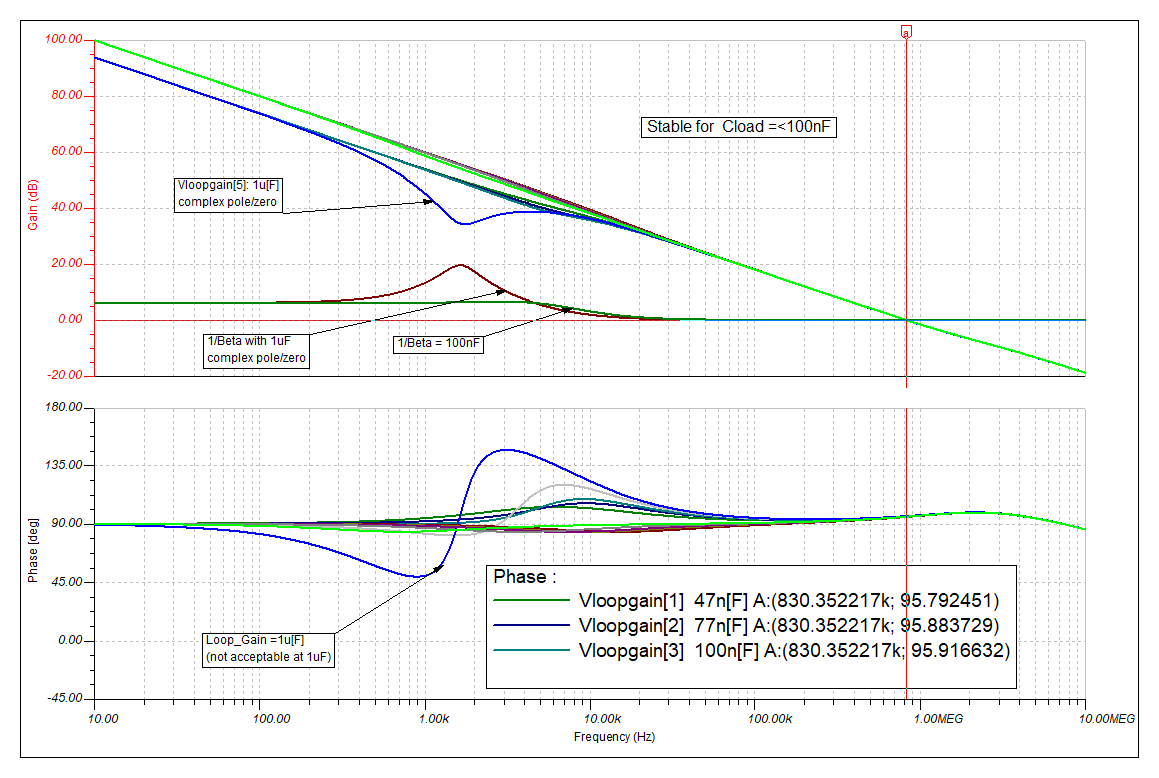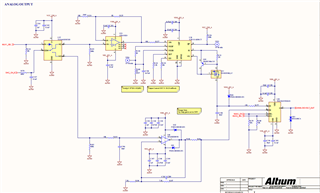Other Parts Discussed in Thread: XTR300, XTR305, OPA192, OPA197, OPA202, TMUX6219
Hello Team,
I am planning to use XTR111AIDRCT for one of our products to get a 4-20mA output current corresponding to a sensor output.
The 4-20mA output current will be fed to a connector.
A 0-10V analog output voltage shall be provided to the same connector.
A GUI can decide the voltage or current output at the output connector.
When analog voltage is needed at the output connector, the current output will be disabled.
I am planning to design my circuit as follows.
A shunt resistor (249 Ohms) will convert the 4-20mA to 0-10V.
Since the XTR111 cannot generate a 4mA for a 0V input voltage at the VIN pin, we are planning to provide a certain voltage at the VIN pin from the DAC.
To get 0V the current must be 0mA.
What will the output current be if the input voltage at the VIN is 0V?
Looking forward for your response.


